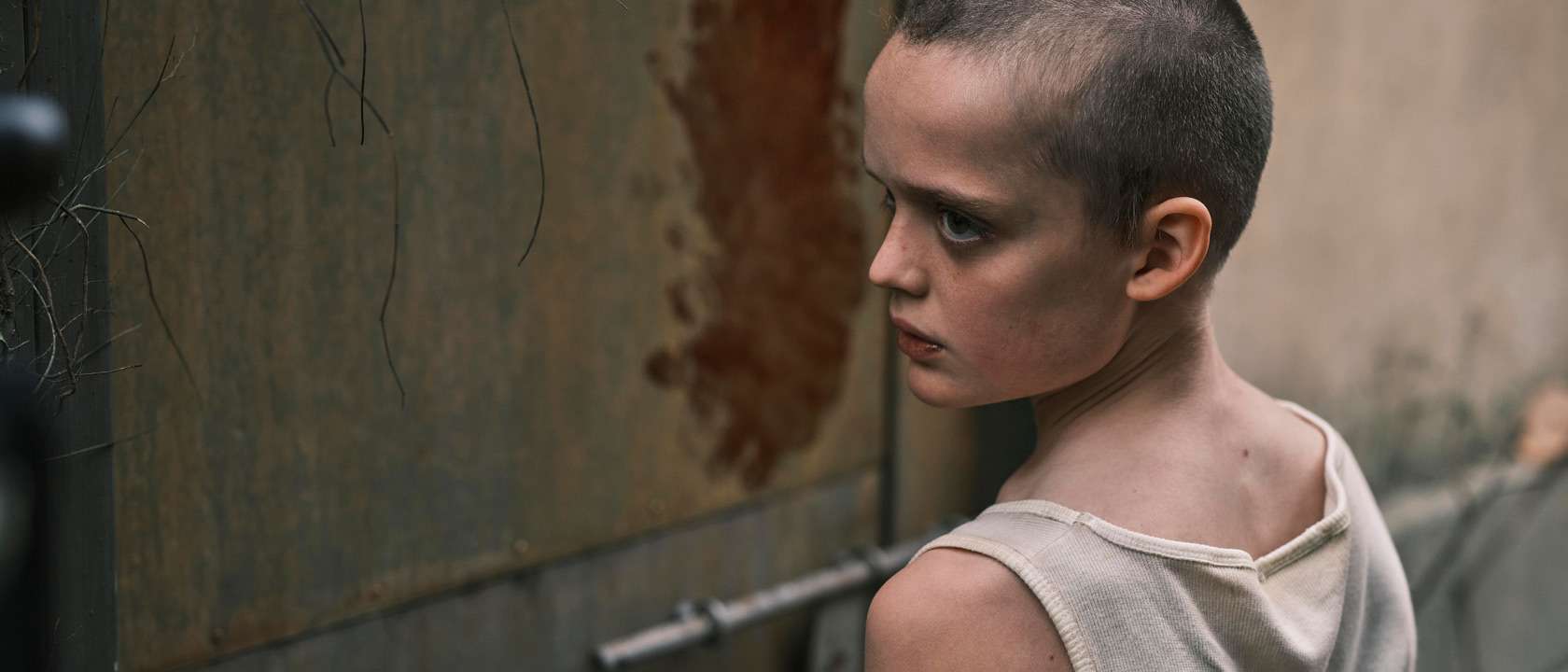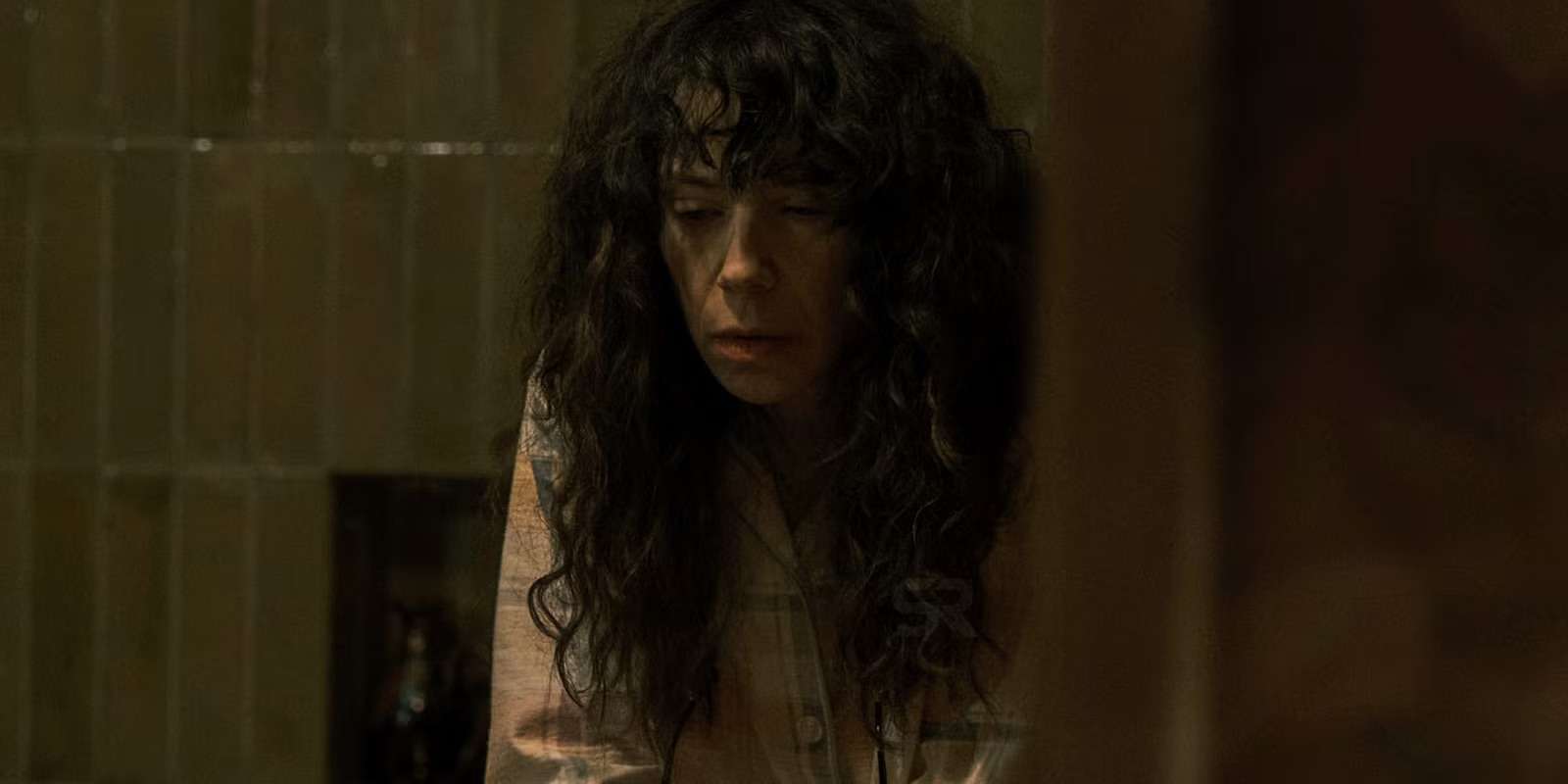While the words “trauma” and “grief” are often overused when discussing the horror genre, writer/directors Danny Philippou and Michael Philippou delivered an interesting twist on the concepts with their astounding directorial debut “Talk To Me,” which explored acceptance and obsession in a haunting manner.
The brilliance of “Talk To Me” was in its specificity, as the Philippo brothers were able to create a unique vision in which “speaking to the dead” was made into a tangible plot device. “Talk To Me” wasn’t just impressive as a small, independent project that made use of its limited resources; it was also genuinely surprising how graphic and often cynical the duo allowed themselves to be with a debut feature.
Their follow-up film, “Bring Her Back,” is even more disturbing on a visceral level, but its ability to unify the original mythology with compelling characterization leaves something to be desired. “Talk To Me” may not have cared much about explaining the “rules” of its supernatural threat, as the pain felt by its characters was enough to carry the story. “Bring Her Back” certainly features some compelling characters, but it often falls into cliché when it makes its key revelations. Themes of abuse, loss, and gaslighting are depicted rather conventionally, especially when compared to the creativity on display in the moments of gore.
“Bring Her Back” is the story of the step-siblings, Andy (Billy Barratt) and his stepsister Piper (Sora Wong), who are forced to enter a foster care program after Andy’s father unexpectedly dies in an enigmatic accident. Although Andy is nearly close enough in age to be Piper’s legal guardian, he has to convince the legal system to allow them to stay together.
The two are paired with the upbeat foster mother Laura (Sally Hawkins), who is herself grieving the loss of her own daughter. Although Andy and Laura are at odds with one another from the beginning, he tries to maintain a sense of comfort in order to ensure that Piper is comfortable. This tense arrangement is further threatened when Andy finds his new guardian’s behavior to be increasingly erratic.

Barratt’s performance is one of the strongest breakout roles in recent years, regardless of genre. He is tasked with capturing the sensitivities of a young man who has been forced to occupy a paternal role, despite the fact that he has not quite learned to trust himself. Andy is consistently forced to contend with those who claim he is too immature, which leads to the question of whether he is capable of showing legitimate affection for his sister.
Although toxic masculinity is a topic often addressed in modern horror, watching Andy deal with the consequences of his father’s actions explores the ways in which generational trauma can entrap young people. Even though “Bring Her Back” doesn’t become totally horrific until well into its runtime, the compelling dynamic between Barratt and Wong is enough to sustain attention.
Hawkins’ performance is certainly bold, as she is oddly able to utilize the sense of realism earned from her collaborations with Mike Leigh to play a singularly obtuse villain, whose idiosyncrasies never feel like a gimmick. Laura is a character who uses her “openness” as a means of taking people off guard, and weaponizes the trust others put in her to get her foster children to doubt their anxieties. Hawkins isn’t afraid to get crass, weird, and vehement at points, as it’s a depiction of evil that does not abide by the conventions of “prestige horror.” Instead of being gifted a definitive monologue in which she explains her motivations, Hawkins shows that Laura is constantly making excuses to justify her selfish desires.
The issue that “Bring Her Back” faces is that the threat that Laura presents is evident from the beginning, both in terms of what she represents and what her goals are. Although the Philippous are able to heighten the suspense as Andy is constantly undercut by Laura’s deceptive maternity, there’s little question of what the film will lead to, and what each character will need to uncover. The true “horror” scenes are often repetitive, despite the creative means of mutilation that are often on display. If “Talk To Me” continuously found ways to push its characters outside their comfort zones, then “Bring Her Back” reiterates the same beats with increasing vigor.

The film also struggles from its relative isolation. While the stripped-back environment worked brilliantly in “Talk To Me,” as the characters were primarily isolated to one party, “Bring Her Back” hints at details about Piper’s school, Andy’s friends, and Laura’s standing within the community that are left out.
While the film is remarkably focused and contains few scenes that do not advance the narrative in an important way, there’s little time left to observe how Andy and Piper would interact with one another within non-traumatic circumstances. An issue also arises in terms of perspective. When characters are blind to information that the audience is already aware of, the tension is decreased. The film also ties itself up a bit too poignantly at the end, as it makes clear certain components of the characters’ backstories that may have been better if left ambiguous.
Although some of the narrative beats are derivative of any number of supernatural and cult-related films, “Bring Her Back” is still shocking due to the degree of its bleakness. There are some difficult observations that the film makes about children’s mental health, societal indifference, and the lasting repercussions of family tragedy that are simply part of the narrative, and not used to convey a larger point.
Nonetheless, the Philippous are able to clearly identify how the degree of depravity escalates. As dark as the film begins, things get increasingly worse as the situation spirals out of control. The one determinant is that, for the most part, the worst of the horror is inflicted upon secondary characters. Although this doesn’t make the film any less disturbing, it does give the audience a means of separating themselves from the strongest bits of violence.
“Bring Her Back” is a draining film, and that’s both a compliment and a criticism. While the Philippous’s ability to craft a skin-crawling story that lasts long after the credits wrap is a sign of their authorial significance, there are enough hastily constructed narrative components of “Bring Her Back” that it becomes frustrating. Those willing to stomach the terror of “Bring Her Back” will likely find there to be a lot of value, but it’s a film that features as many noteworthy choices as it does missed opportunities.



![Pokémon the Movie: Secrets of the Jungle [2021] Review: Wish they would Let Ash Grow Up](https://79468c92.delivery.rocketcdn.me/wp-content/uploads/2021/10/Pokemon-the-movie-secrets-of-the-jungle-1-768x432.jpg)

![Matter Out of Place [2022]: ‘Locarno’ Review – We Have A Serious Garbage Problem!](https://79468c92.delivery.rocketcdn.me/wp-content/uploads/2022/08/Matter-Out-of-Place-2022-768x416.jpg)


